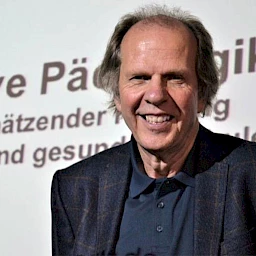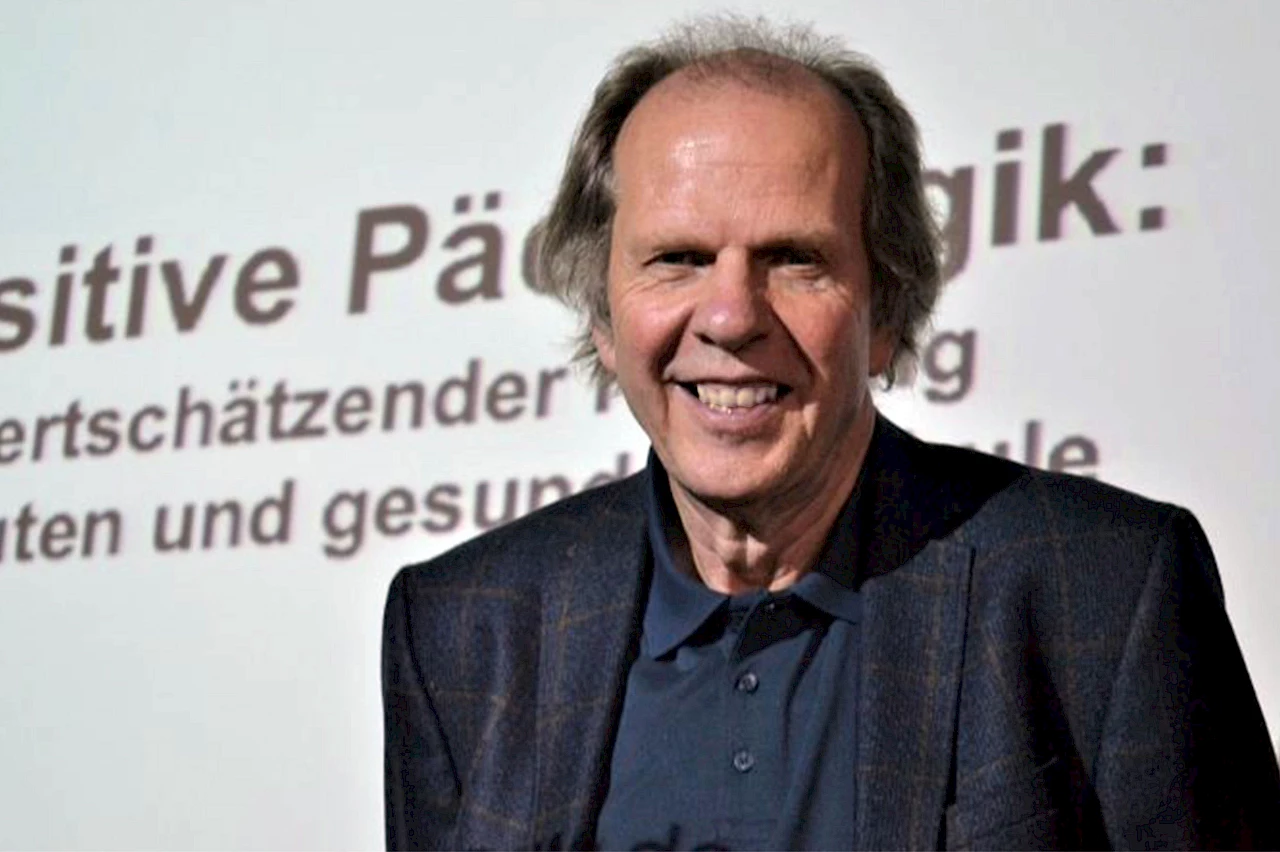What influence do the changes in school learning and the penetration of AI tools have on the world of work? Part 2 of the interview with Professor Dr Olaf-Axel Burow.
What can companies learn from these developments and use for in-house learning?
We have to move away from the excessive orientation toward instruction. We need to enable people to find out where their special ability lies. In my book Team-Flow, I developed a theory of the “creative field.” This always requires a good mix of various competencies and skills, as well as the corresponding environment. Just take a look at Apple, Rolls-Royce, and the Beatles. The mix of visionary ideas and a love of detail, of glamour and craftsmanship, was the lever of their success.
By contrast, in our system we always try to raise people to the same level and then evaluate them by means of examinations that reinforce the existing norms. But we can’t do everything. Each one of us can only do something special. And that matters. In the future, we can use digital systems to partly compensate for our weaknesses. However, interaction will become much more important. People have to learn how to work in teams and, while keeping their limited abilities in mind, they have to learn how to transcend themselves by finding an optimal fit. And this means that each one of us, even if we perhaps have modest abilities, can contribute to great achievements if we have a precise knowledge of our special abilities, are well trained in these abilities, and use the support of digital systems to find the right partners with whom we can transcend ourselves as part of a team.
„The biggest individual genius is nothing without his or her environment.“ Prof. Burow
How will companies design their personnel development processes in the future?
The aim is to find out what individual employees are suited for, and to create an environment where they can optimally develop their abilities. Ken Robinson, an English drama teacher, uploaded a YouTube video that millions of people have clicked on. It’s called “Do schools kill creativity?” You could also ask, “Do companies kill creativity?” If companies make their requirements too narrow, offer employees insufficient amounts of leeway and opportunities for personal development, and don’t recognize employees’ specific abilities, this leads to a sense of resignation among the employees and a failure to take advantage of the potential that exists within the company. For years now, the Gallup Engagement Index has shown that up to 15 percent of employees are in a state of “inner emigration” and that only about 16 percent are highly committed — these are the people who have found their calling, and the rest of the employees are neutral. The big question is: How can we create a space where people can discover their inner vocation and be assigned tasks that enable them to develop this sense of vocation and become actively involved? In a disruptive world, it’s becoming increasingly important for companies not to have employees who are merely norm-fulfillers and multiple-choice clickers. Instead, we need people who are keen to change things independently and proactively. And this means that entire management structures and requirements have to change. It’s all about developing shared visions and images of the future. And please, let’s do this through teamwork, because we still have far too many top-down processes.
„If you create a respectful, appreciative work culture and design attractive environments in positive ways, the system regulates itself.“ Prof. Burow
Please also read

What should the physical space look like in order to have an optimal work environment?
I believe that the Alemannenschule in Wutöschingen, which has become well known all over Germany for its innovative learning concepts, is a pioneer in this area. Here they have an input room, where the students use standing tables equipped with smartboards and receive brief instructions. They also have a marketplace — a big space with couches, cushions to sit on, PCs, and compartments separated by curtains. It’s an area — or rather, a versatile surrounding landscape — that can be transformed as needed into a quiet place, a venue for group meetings, or many other types of space where people can work in the ways they require. The third area is the learning atelier, a large space that can accommodate 250 students as well as teachers. There’s a sofa that can be used as a retreat and a place to rest. Here the students learn with digital support, but independently and at their own speed. And if they need to, they use a red pen to contact their teachers and let them know they need support or advice. Incidentally, it’s absolutely quiet in the learning atelier. If this model is transferred to companies, the equivalent would be the library or a room for individual thinking.
In other words, companies need to offer more spaces that support employees’ individual rhythms and provide them with optimal environments for learning and working. And they need a different mindset. They need to move away from thinking in terms of limitations to thinking in terms of opportunities. Toward more inner freedom, as well as leadership through trust and appreciation. But at that point we’re moving in the area of changes in individual personalities.
„Companies are required to create attractive work environments.“ Prof. Burow
Professor Burow, thank you for this interview.





